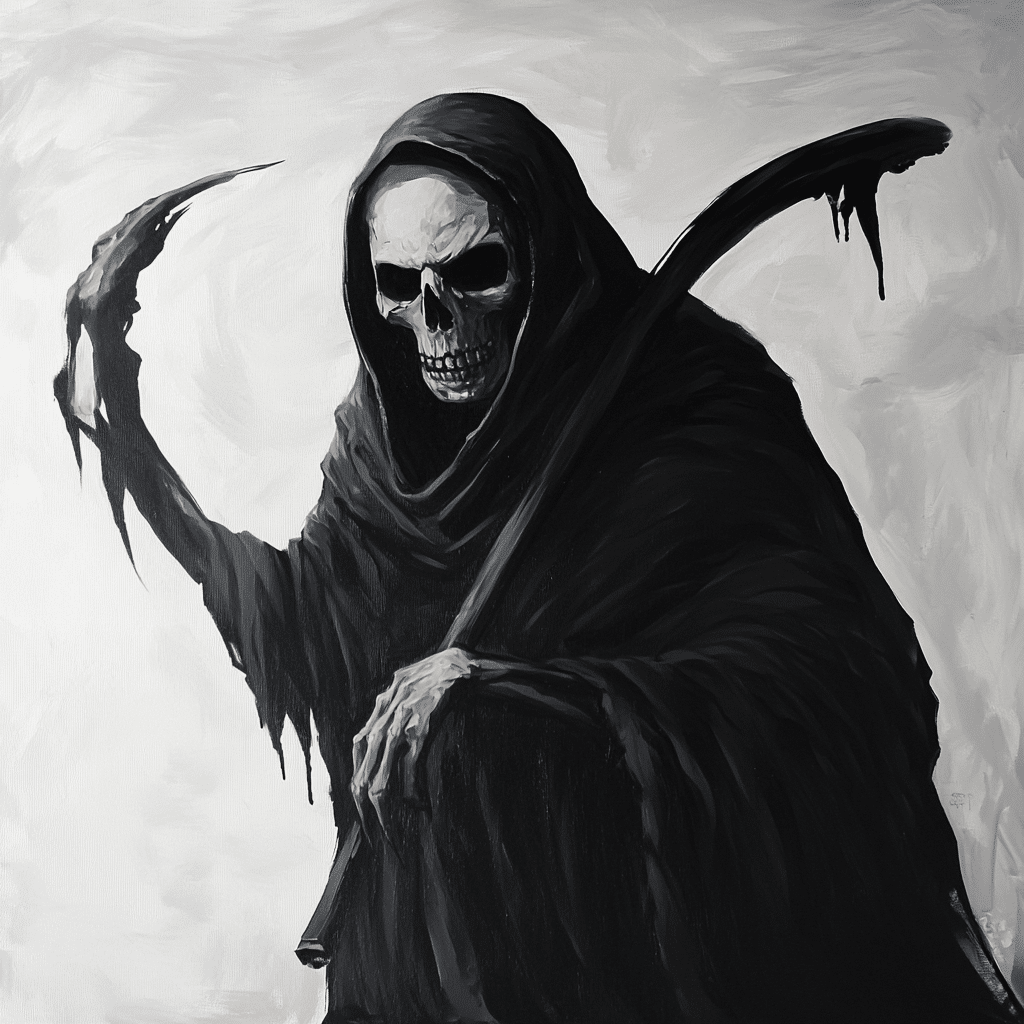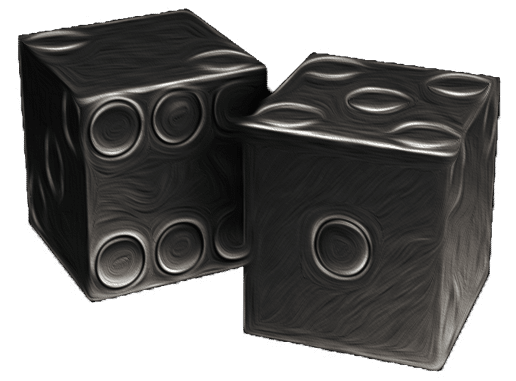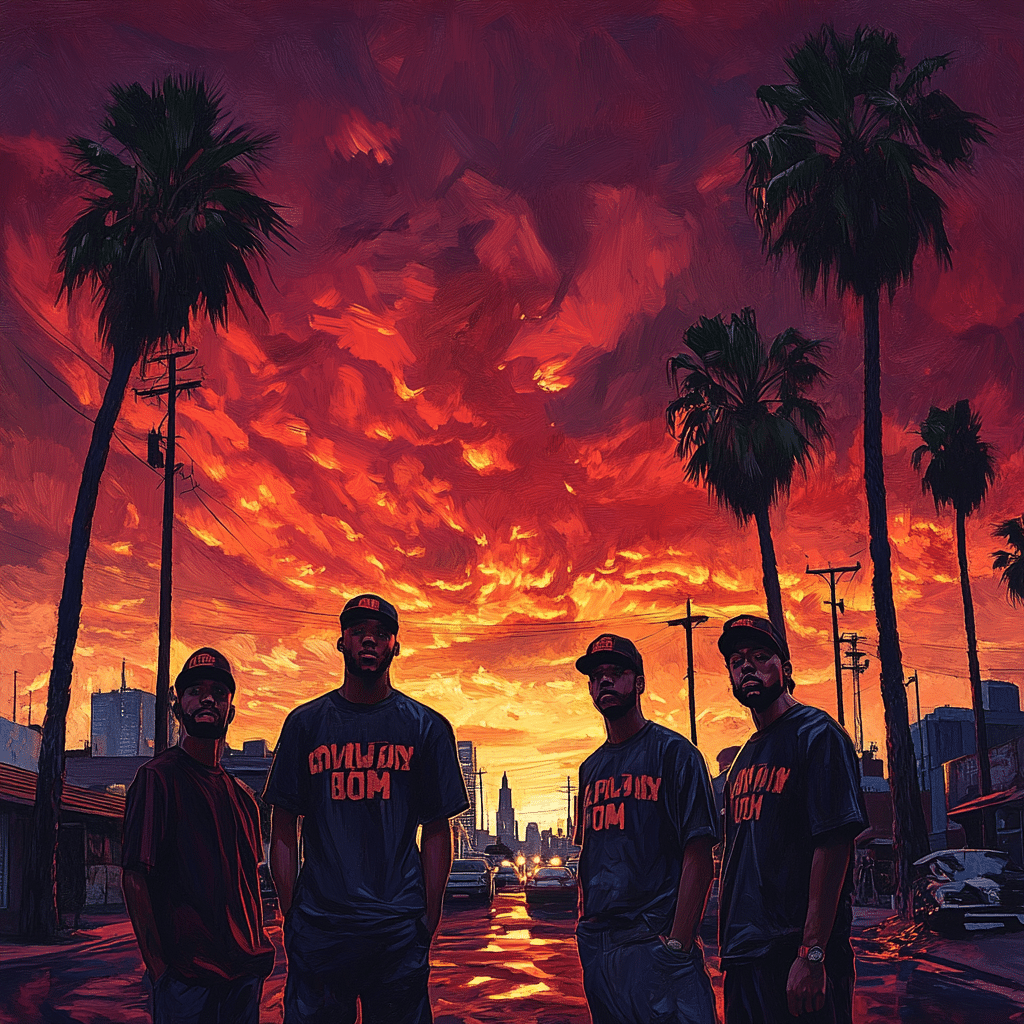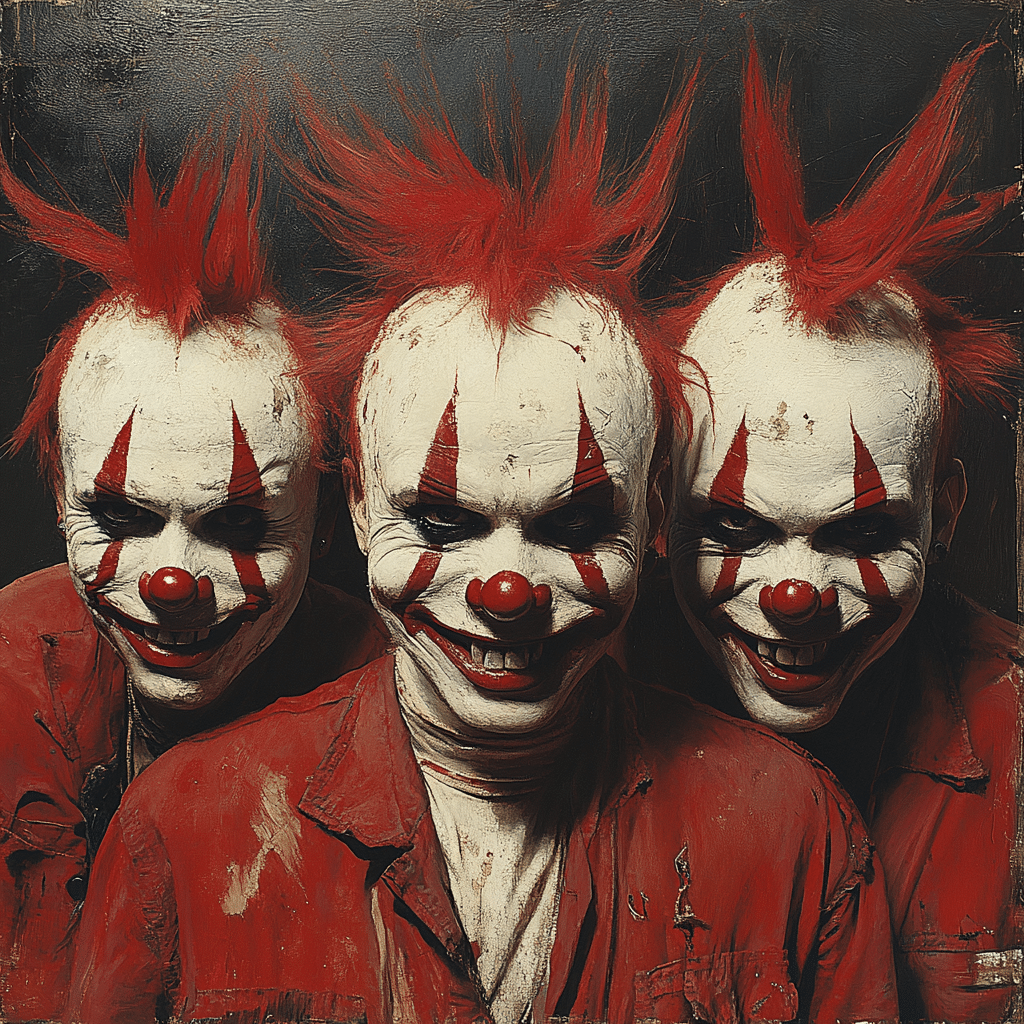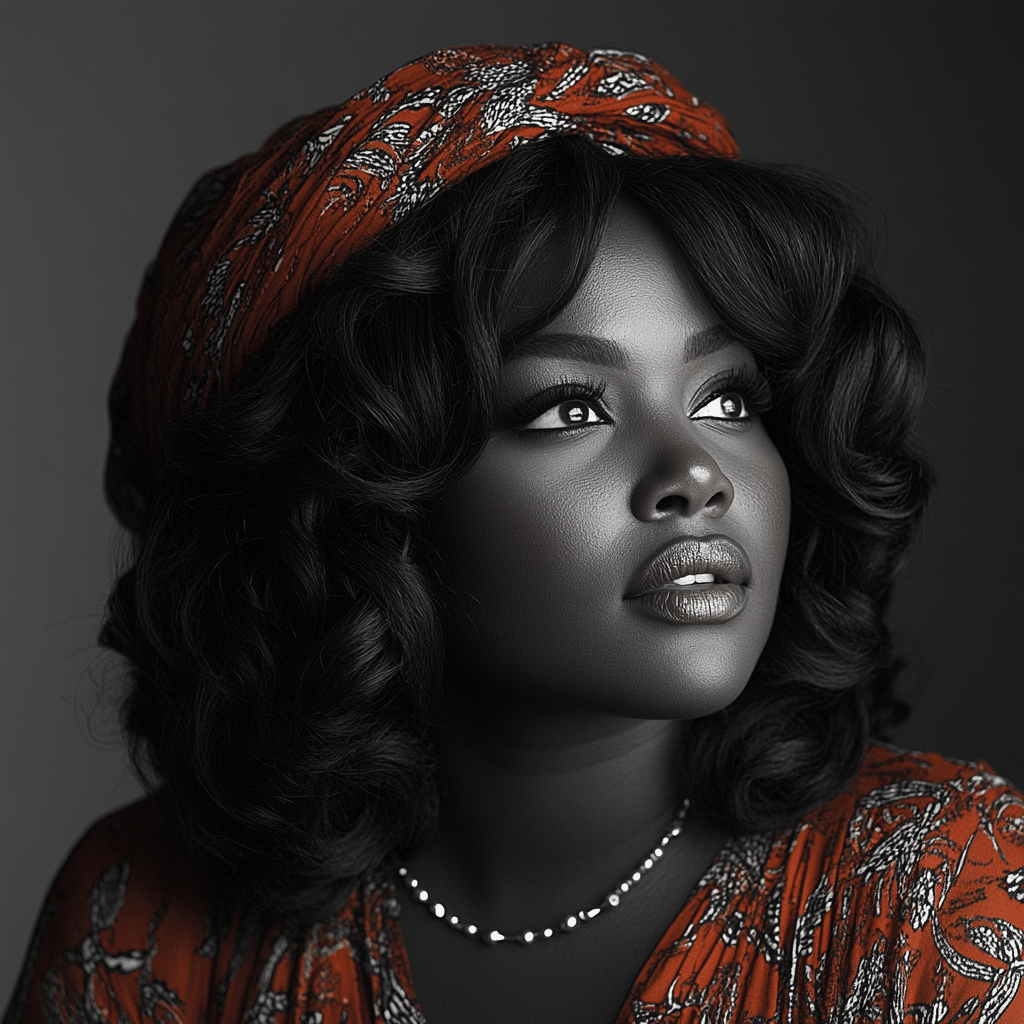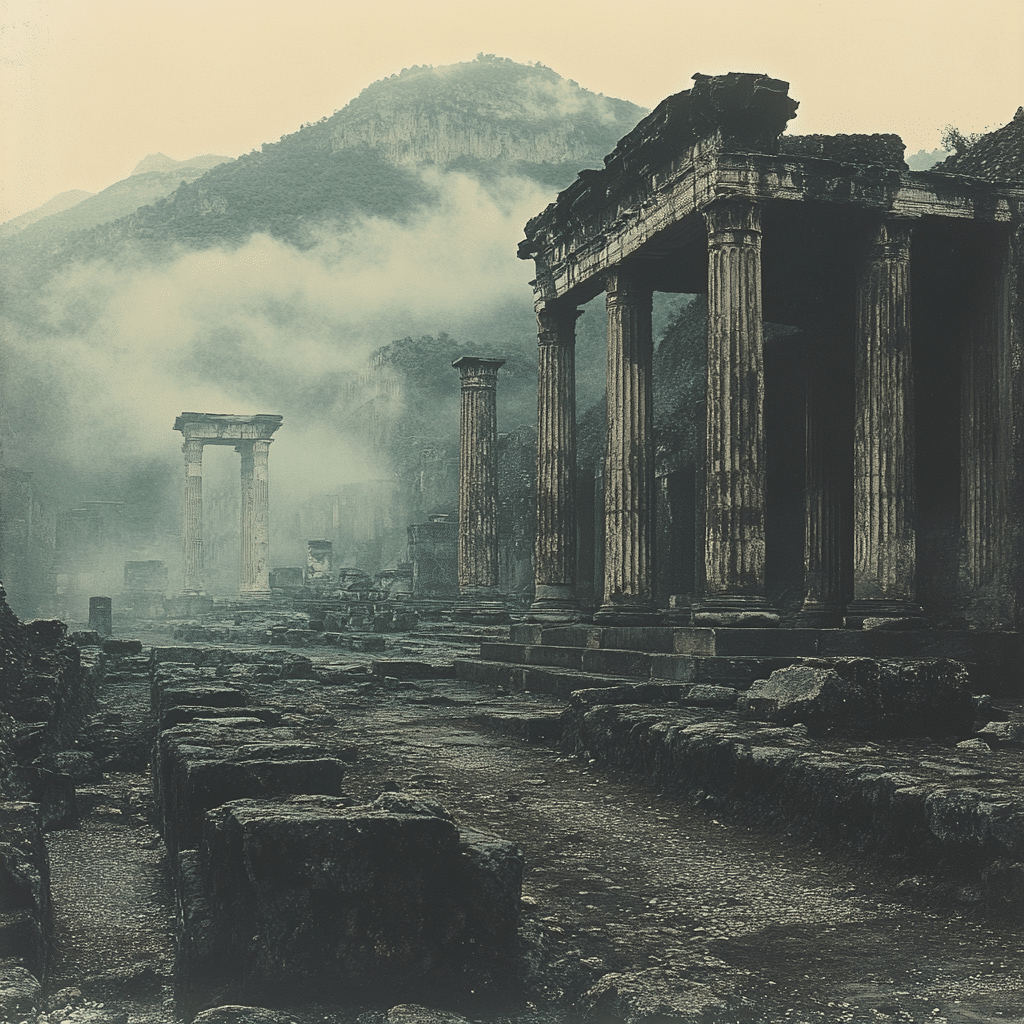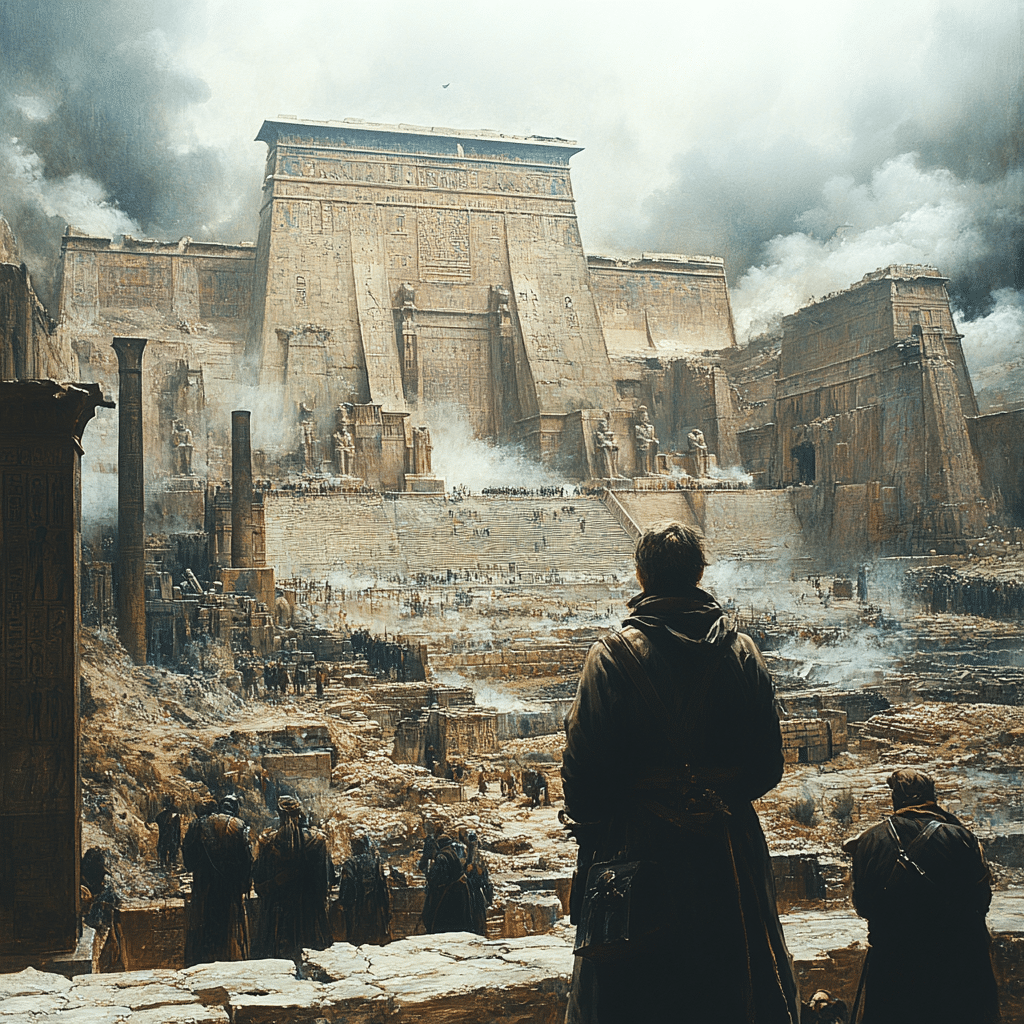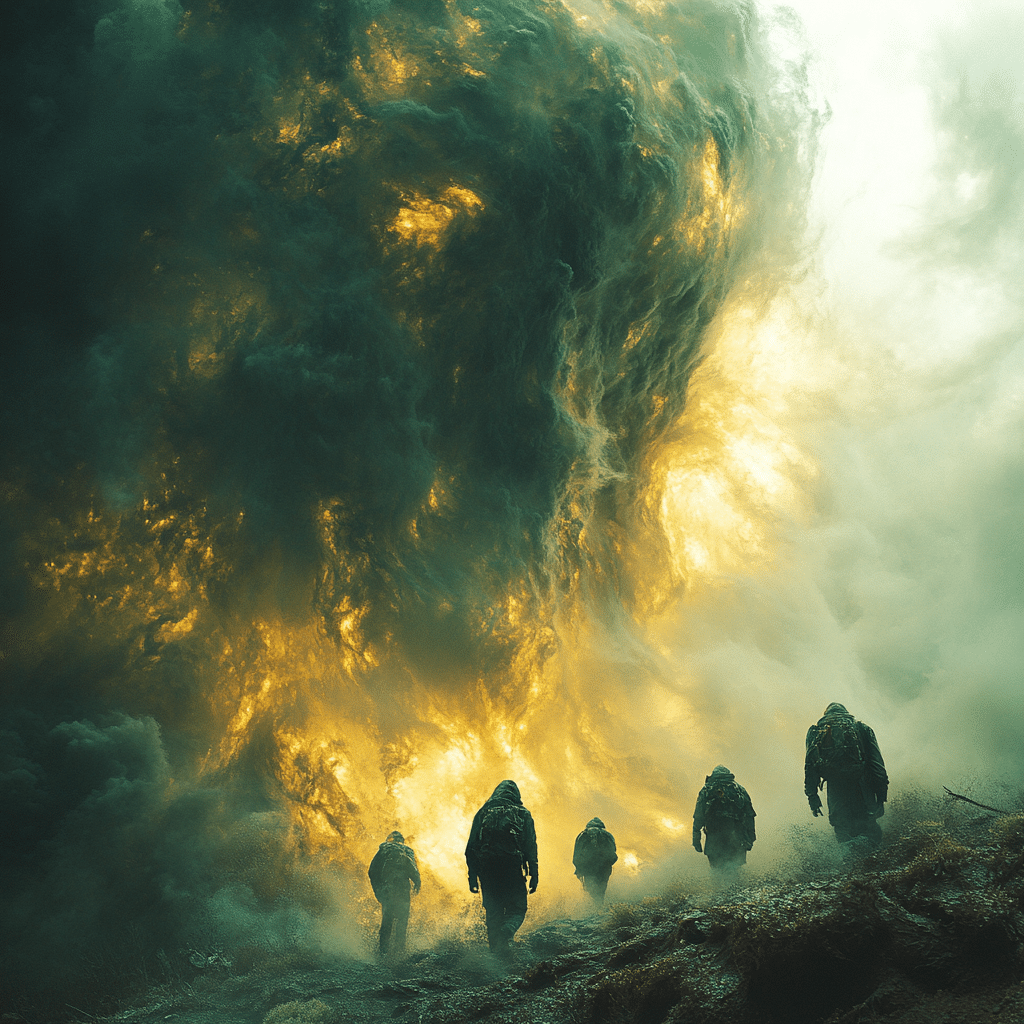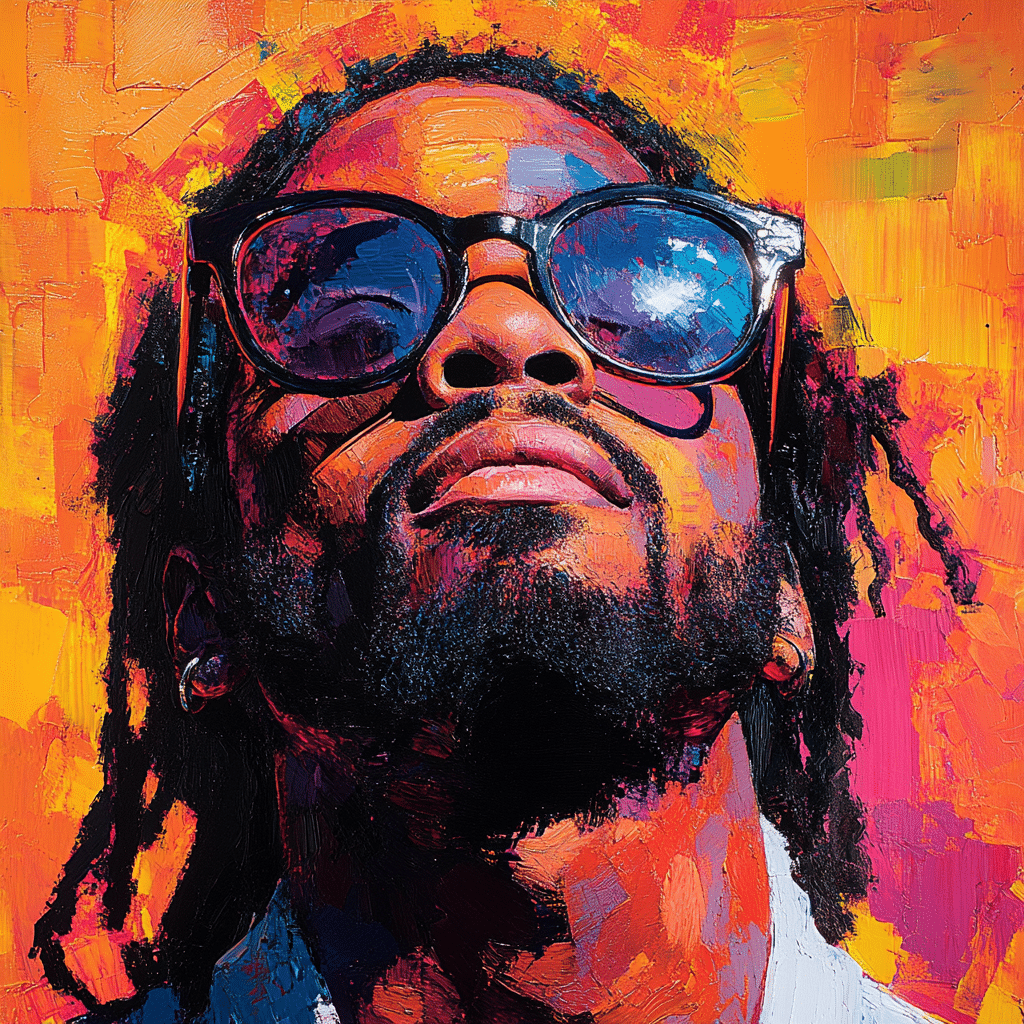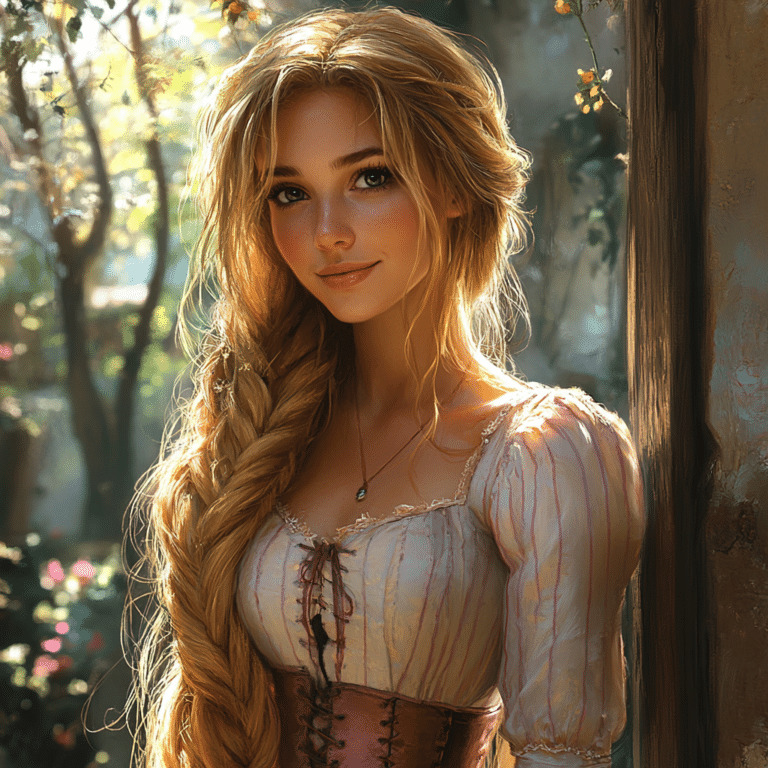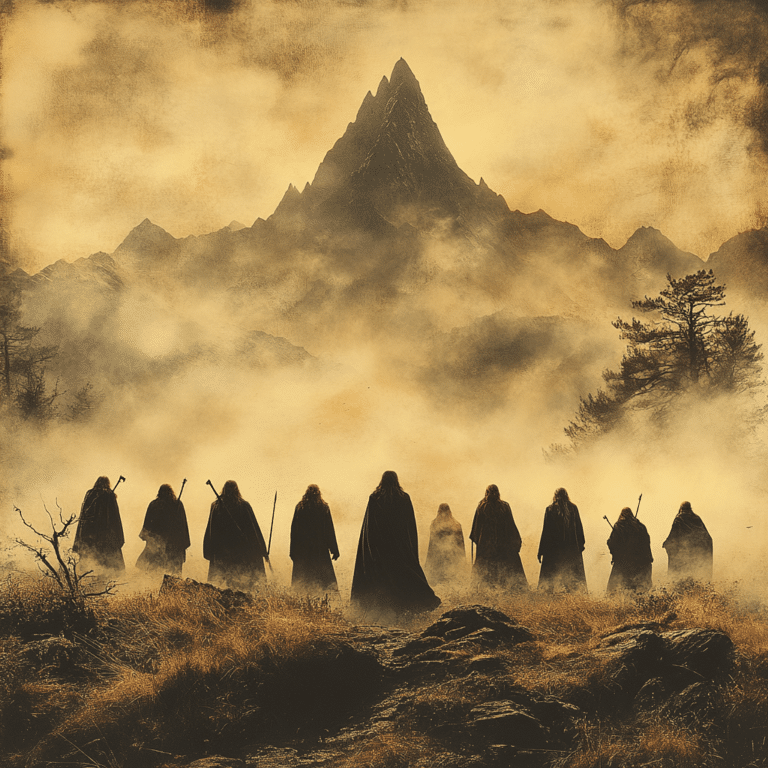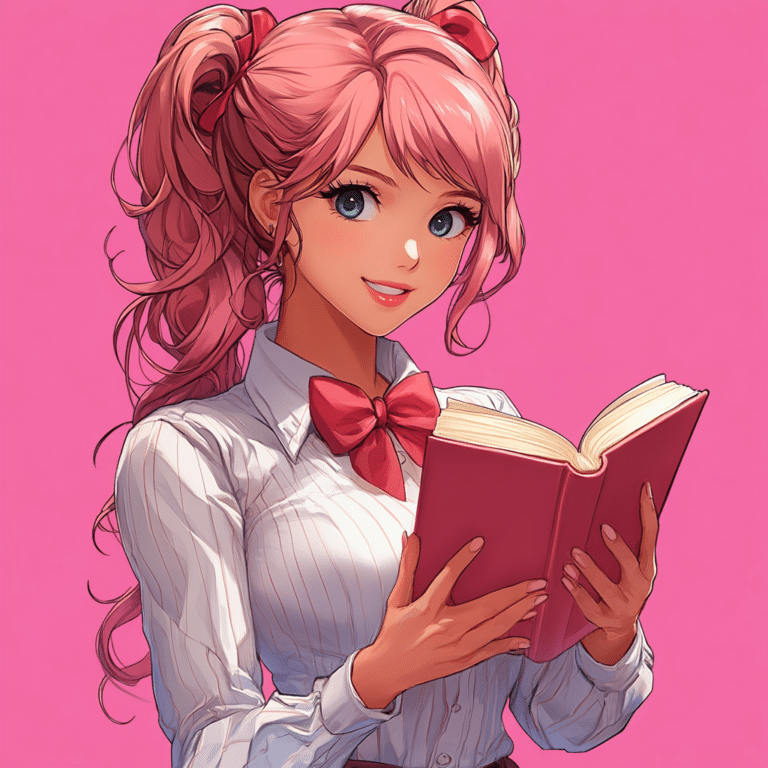The Grim Reaper has haunted human imagination for centuries, stirring curiosity and fear in equal measure. This skeletal figure swathed in a tattered cloak and wielding a scythe is more than just a spooky symbol; it represents our collective confrontation with mortality. From tales spun by ancient storytellers to modern cinematic masterpieces, the grim reaper invites us to ponder life, death, and everything in between. So, let’s roll up our sleeves and dive into the mesmerizing world of grim reaper mythology, its eerie manifestations in culture, and its haunting legacy that seems to linger like an uninvited guest at a funeral.
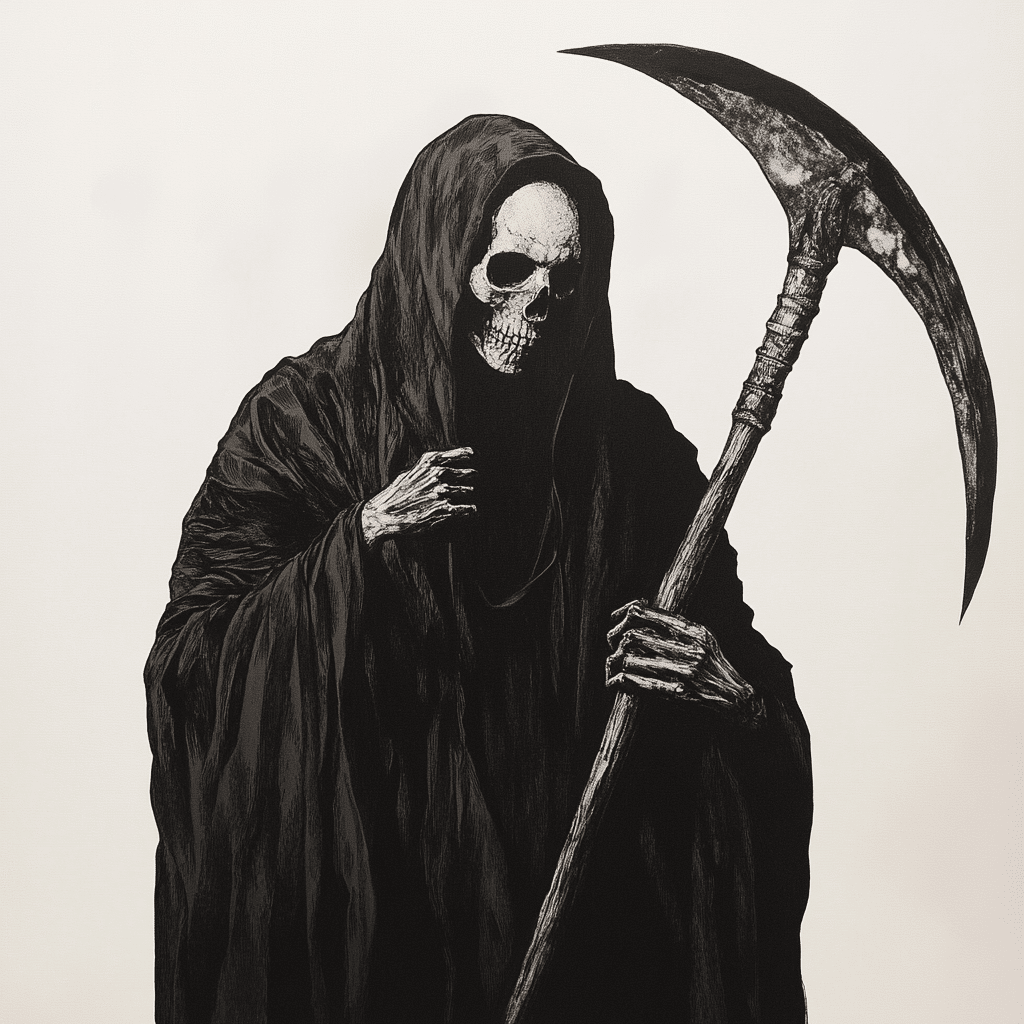
The Enigmatic Figure: Exploring the Grim Reaper in Culture
The grim reaper isn’t just a fable for sensational stories; it’s a cross-cultural phenomenon that reflects our views on mortality. Across centuries and societies, this figure embodies the ultimate end we all face. Yet, its interpretations vary widely—sometimes it’s fearsome, and other times, it’s oddly comforting. For example, in some Eastern cultures, death is celebrated as a passage into the afterlife, contrasting heavily with Western cultures where the grim reaper is typically depicted as a relentless harbinger of doom.
Whether it’s through storytelling, literature, or in our favorite horror flicks, the grim reaper offers a mirror through which societies examine their relationship with death. Media often leans into its haunting allure, encouraging us to confront our mortality instead of brushing it under the rug like a suspiciously large dust bunny. Who knew that a cartoony skeleton could provoke such deep reflections on existence?
As we look deeper into the grim reaper’s role across different cultural narratives, we find compelling themes of acceptance, fear, and the cycle of life and death. This figure has not only transitioned through evolving art forms but has remained a poignant reminder: life is fleeting, and perhaps it’s time we embrace our mortality, much like a cheeky friend reminding you to live while you can.
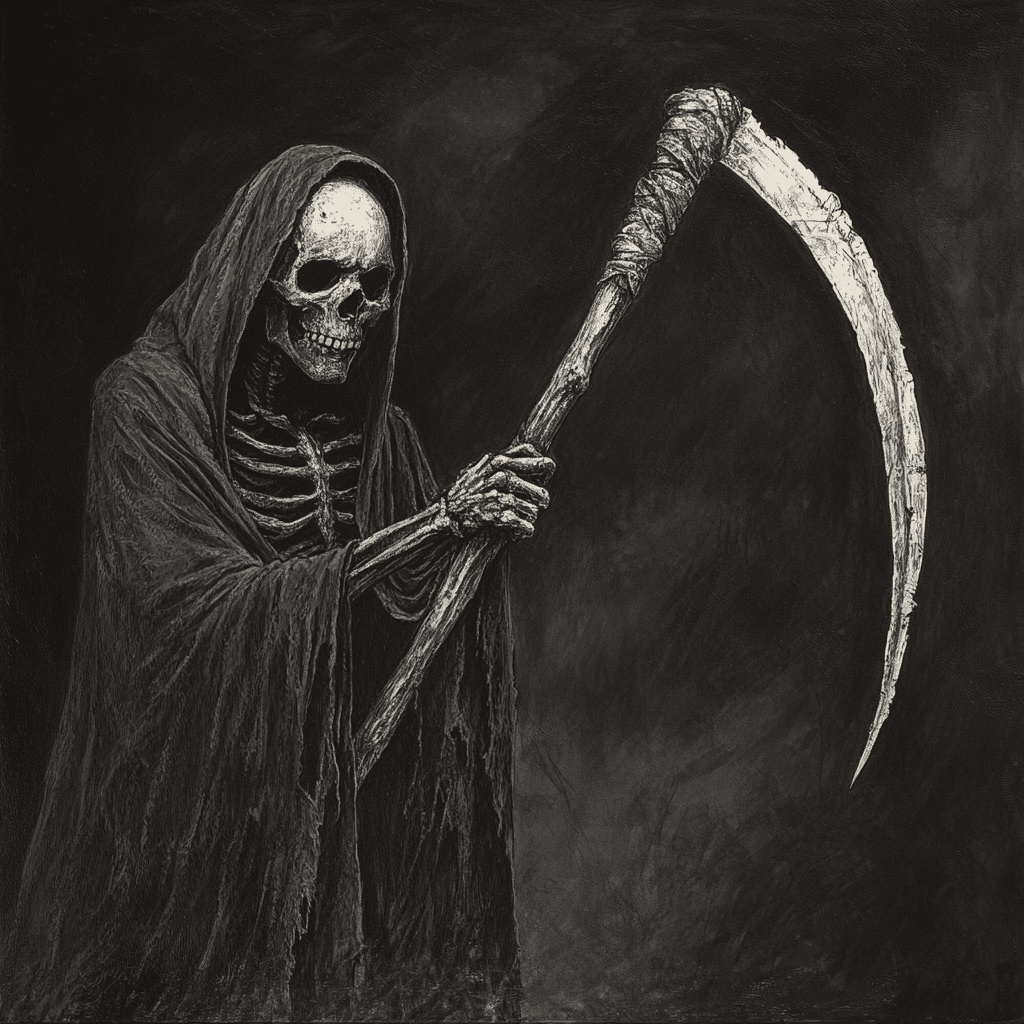
Top 7 Haunting Depictions of the Grim Reaper in Film and Literature
Directed by Ingmar Bergman, this classic film presents an iconic scene where a knight plays chess with death personified as the grim reaper. This encounter delves deep into existential dilemmas, showcasing how a game could represent humanity’s struggle against mortality. The film’s haunting atmosphere has helped cement it as a cornerstone of cinematic expression on death.
While the grim reaper doesn’t pop up in this film waving a scythe, its themes of evanescence vibrate throughout its storyline. Directed by Peter Weir, the narrative implores characters (and viewers!) to “seize the day.” This encouraging push embraces life’s fleeting nature, much like a whimsical nudge from the grim reaper to make the most of our time.
Death is a character all its own in this popular television series. The grim reaper-like figure haunts the survivors as they navigate the zombie apocalypse. The portrayal deeply explores human instincts, friends turning on each other, and the essence of humanity when faced with inevitable demise. The constant shadow of the grim reaper certainly gives the audience plenty to chew on—just like the zombies!
Ridley Scott’s visionary film echoes the essence of the grim reaper through the character of Roy Batty, a replicant grappling with his expiration date. Batty’s crisis sheds light on mortality’s nuances, presenting a poignant meditation while confronting his preordained end. The film raises the question: What does it mean to truly live, even when the grim reaper looms over you?
Set against the Vietnam War backdrop, Francis Ford Coppola’s masterpiece encapsulates the grim reaper’s essence through the depiction of death’s omnipresence. As characters embark on a surreal journey, the dualities of life and death intertwine, highlighting a disillusionment with mortality. It’s an exhibition of the haunting legacy that war creates—death isn’t just coming; it’s already here.
A whimsical twist on the grim reaper appears in Guillermo del Toro’s fantasy film, portrayed by the Angel of Death. This character’s dance signifies death’s inevitable embrace. Unusually tender, Hellboy explores a more nuanced depiction of death, illustrating that acceptance can also come in unexpected forms.
Modern literature also embraces the grim reaper. Neil Gaiman’s “The Sandman” series presents Death as a relatable figure, subverting the typical horrifying imagery. Rather than lurking in the shadows, this representation brings depth, inviting readers to confront the delicate balance of life and its transience.
The Haunting Legacy of Death Imagery: Cultural Impact
The grim reaper’s legacy transcends mere fright fests. It serves as a tool through which societies can engage with the fears and realities surrounding mortality. Such imagery facilitates discussions about grief, loss, and acceptance, making death less daunting. The powerful connection between the grim reaper and cultural narratives offers insight into our emotional landscapes surrounding life’s end.
Tracing the grim reaper’s historical roots, we find echoes of the Black Death in the 14th century. As images of the reaper became prevalent, they underscored mortality’s gravity, bringing death to the forefront of public consciousness. Fast forward to today, and we encounter modern expressions of similar themes, as explored in Mike Flanagan’s “The Haunting of Hill House.” In this series, themes of grief and the grim reaper’s presence resonate, reminding us that wrestling with mortality is a timeless struggle.
In various art forms, the imagery of the grim reaper promotes acceptance over fear. Society has begun to understand that death, while tragic, is a shared experience felt universally. And isn’t that something we can all relate to? Together, we learn to embrace our shared humanity in the face of the inevitable.
Death as a Universal Constant: Insights Beyond the Cliché
As a universal figure, the grim reaper reflects varying cultural interpretations of death. In many Asian cultures, for instance, death is treated with deep respect and reverence. Observing these traditions opens our eyes to different views where death is not feared, but celebrated as a natural part of life. Meanwhile, Western depictions often lean towards the grim and gory. In embracing these differences, we can find common ground, strengthening our understanding of mortality.
Moving with the times, the grim reaper’s symbolism has extended into discussions around mental health. Prominent figures like Lil Peep have ingeniously integrated death imagery into their work, using it to raise critical conversations. Engaging with this figure pivots the narrative from one of fear to one of awareness, promoting dialogue around issues that many find daunting to tackle.
As we ponder our mortality in an ever-shifting landscape, the stories surrounding the grim reaper will reshape. We, too, adapt our interpretations based on shared experiences, fears, and evolving narratives. Engaging with the grim reaper gives us the means to reflect on life, loss, and our interconnectedness. Through this dance with death, we embrace learning about existence and ultimately, what it means to be alive.
In the spirits of storytelling, the grim reaper crafts powerful narratives that compel us to confront our deepest fears. Whether through film, literature, or personal interpretation, the legacy of this character reminds us that death isn’t just an ending; it’s part of the human experience we all share. As we navigate through life’s uncertainties, let’s take a cue from the reaper—because while it might be haunting, it can also be a guide to living fully in the moment.
Grim Reaper: Mythology and Its Haunting Legacy
The Origins of the Grim Reaper
The grim reaper, depicted as a skeletal figure cloaked in black, is often seen as a symbol of death. This ominous character owes its roots to the Middle Ages, when fear of the plague was widespread. Interestingly, medieval artists used this figure to remind folks of the inevitability of death. While the notion may seem bleak, it had a practical purpose: to encourage people to live their lives fully. Just like those bold purple nail designs, which challenge the mundane, the grim reaper invited people to add flair to their existences amidst uncertainty.
Cultural Interpretations of Death
Across cultures, the grim reaper isn’t just a one-size-fits-all persona. Different societies interpret death uniquely. For example, in some beliefs, death is celebrated as a transformation rather than an end, much like the themes seen in great works like the To Kill a Mockingbird movie where justice and moral lessons play out until the last frames. While Hollywood often sensationalizes death, many cultures prefer a more reflective approach, treating the reaper as a guide to the afterlife, much like how Bob Marley’s One Love transcends barriers to bring people together in harmony.
Fun Facts and Folklore
Here’s a quirky tidbit about the grim reaper: in some European traditions, he’s not just a death-bringer but a vehement enforcer of fate. Picture this, much like professional wrestlers such as AJ Styles, who fiercely battle in the ring, the reaper dances through lives, claiming souls with theatrical elegance. On a lighter note, he often gets represented in Halloween festivities, where costumes range from gory to cute, suggesting that even death can have a sense of humor. After all, who hasn’t enjoyed sexy kissing at Halloween parties dressed as the infamous figure? Tales have been spun connecting various aspects of life and death, from deep literature like the Unbroken book to brilliant TED talks that explore existential themes, making the grim reaper a memorable pop-culture icon.
Exploring the legacy of the grim reaper not only sheds light on our fears but also highlights our creativity in facing the unknown. With every ghost story told and every playful costume donned, we embrace the experience, much like we do in the world of entertainment, from Larry the Cable Guy to viral sensations like Sky Bri. Even in darkness, there’s room for laughter and understanding, showcasing the multifaceted legacy of the grim reaper that lingers in our lives.
